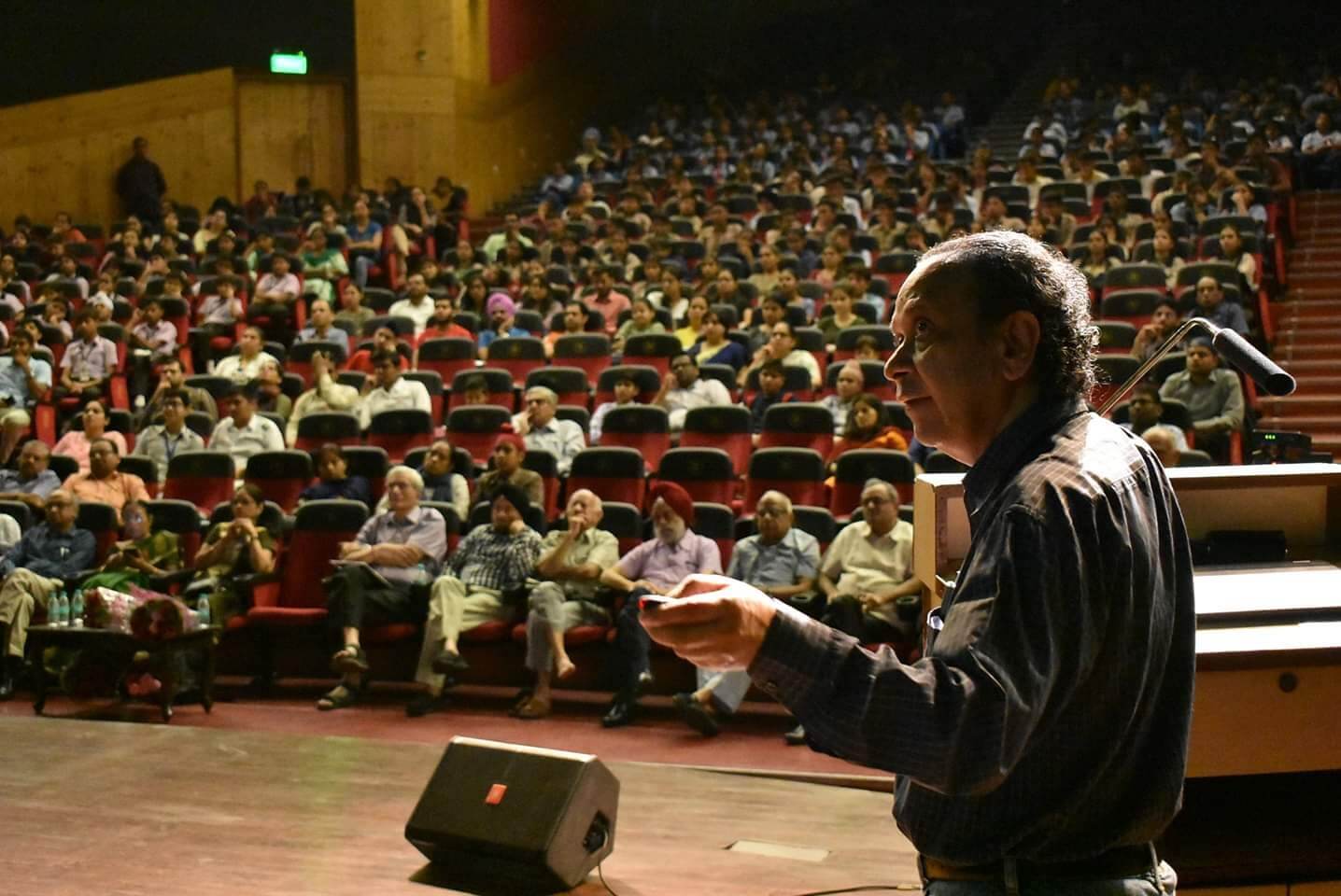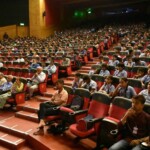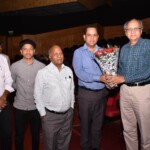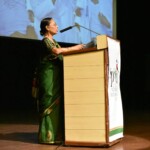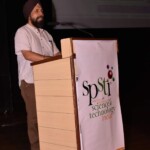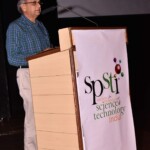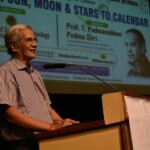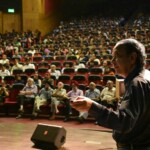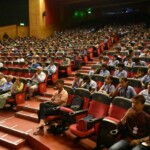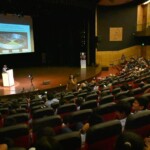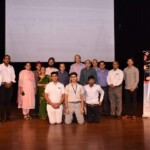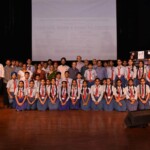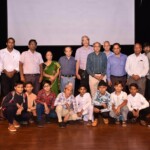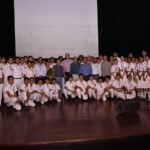In view of growing interest in space sciences and cosmology in the public, especially among students, the Society for Promotion of Science & Technology in India (SPSTI) had organized a public and popular lecture on From Sun, Moon and Stars to Calendar at the Tagore Theater, Chandigarh on September 27, 2019.
The speaker was Professor T. Padmanabhan, a well known astrophysicst and Distinguished Professor at, Inter University Centre for Astrophysics and Astronomy, Pune.
Decsribing the historical development of calendar, Professor Padmanabhan said that the nature of periodic motions of the Sun and the Moon as seen from the Earth form basis of calender. He stated that the time period of such motions is not commensurate, nor is the periodicity a whole number in terms of the number of days. This makes construction of a calendar a very difficult task.
Prof. Bagla also mentioned that the periodicities in human life are also linked with seasons, which in turn arise from the combination of celestial motions. Each ancient civilization attempted to develop a calendar based on these considerations. He illustrated this by describing different ancient calendar systems like the Egyptian, Babylonian, Islamic Hijri and the Indian systems.
It is also interesting to see that the calendars were influenced by local considerations. The Egyptian calendar refers only to the Sun, the Hijri calendar only on the Moon, whereas the other two try to keep track of both the Sun and the Moon. He showed that each of the ancient systems had problems that accumulate to a significant number of days in a few decades if we also want to keep track of easons: something that is very important for farming and is hence essential for human civilization.
Then he went on to describe the evolution of the Roman calendar starting from Romulus to the present form known as the Gregorian calendar. He ended the talk by describing precession of equinoxes, a slow periodic motion of the rotation axis of the Earth over 26,000 years, that causes a slow drift between dates and seasons.
A large number of students, teachers and public attended the lecture which was followed by an intense discussion and question answer session.
The Department of Science and Technology, Chandigarh Administration had supported the lecture.
Professor Padmanbhan is an internationally known expert on cosmology and astrophysics. He has made original contributions to these areas and has authored several books. For his path breaking work, he has been awarded several honours in India and abroad. He is currently Distinguished Professor at the Inter University Centre for Astrophysics and Astronomy, Pune.
Glimpses of the Lecture "From Sun, Moon & Stars to Calendar" by Prof. T. Padmanabhan held at Tagore Theatre, Sector-18B, Chandigarh on September 27, 2019.
Society for Promotion of Science & Technology in India (SPSTI) यांनी वर पोस्ट केले सोमवार, ३० सप्टेंबर, २०१९

